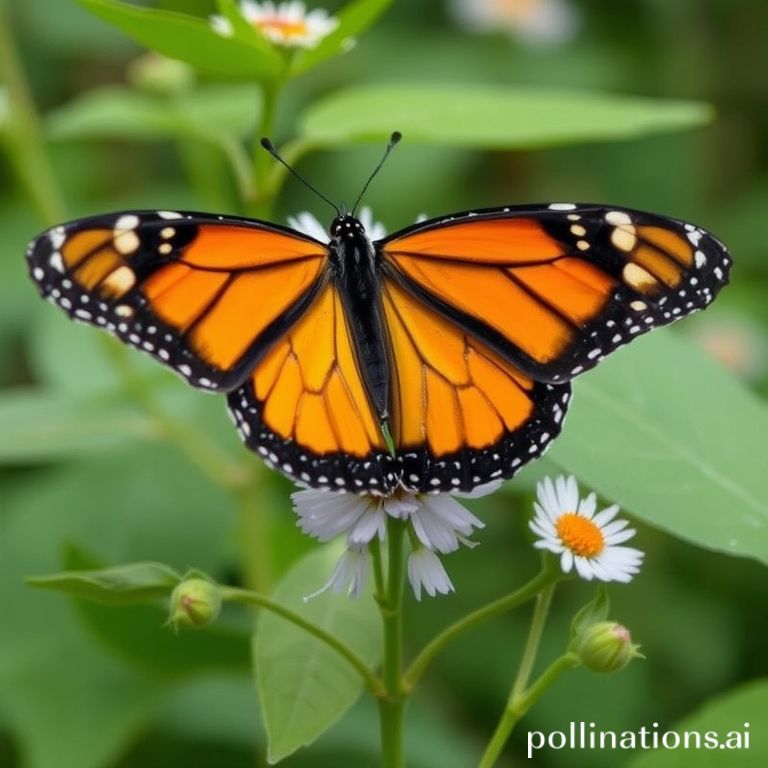Every year, millions of monarch butterflies embark on an incredible journey, migrating thousands of miles to overwinter in the oyamel fir forests of central Mexico. This awe-inspiring event transforms the landscape into a living kaleidoscope of orange and black, offering a unique and unforgettable experience for nature enthusiasts and photographers alike. The Monarch Butterfly Biosphere Reserve, a UNESCO World Heritage site, protects these vital overwintering habitats and provides a sanctuary for this fragile species.
If you’re a photographer planning a trip to capture the magic of the monarch migration, this guide will provide essential tips and information to help you make the most of your experience, ensuring both stunning photographs and a respectful approach to this delicate ecosystem. From understanding the best time to visit to mastering the technical aspects of butterfly photography, we’ll cover everything you need to know.
Planning Your Trip to the Monarch Butterfly Biosphere
Timing is crucial when planning your photographic expedition. The monarch butterflies typically arrive in Mexico in late October and November and remain until March. The peak season for viewing and photography is usually from late January to mid-February, when the butterfly colonies are at their largest. During this time, the butterflies cluster together on the oyamel fir trees, creating breathtaking displays.
Choosing the Right Sanctuary
Several sanctuaries within the Monarch Butterfly Biosphere Reserve are open to the public, each offering a unique experience. Some of the most popular sanctuaries include:
- Sierra Chincua: Known for its relatively easy access and stunning views.
- El Rosario: The largest and most visited sanctuary, offering well-maintained trails.
- Cerro Pelón: A more challenging hike, but often less crowded and provides a more remote experience.
Permits and Guides
Access to the sanctuaries requires a permit, which can be purchased at the entrance. Hiring a local guide is mandatory, and this is highly recommended. The guides are knowledgeable about the butterflies, the forest, and the best locations for photography. They can also help you navigate the trails and ensure you adhere to the regulations designed to protect the butterflies and their habitat. Plus, you’re supporting the local economy!
Photographing the Monarchs: Tips and Techniques
Photographing monarch butterflies requires patience, respect, and the right equipment. Here are some tips to help you capture stunning images:
Essential Equipment
- Camera: A DSLR or mirrorless camera with good low-light performance is ideal.
- Lenses: A telephoto lens (70-200mm or longer) is essential for capturing close-up shots of the butterflies. A wide-angle lens can be useful for capturing the overall landscape and the scale of the colonies.
- Tripod: A sturdy tripod is crucial for sharp images, especially in the low light conditions within the forest.
- Extra Batteries and Memory Cards: You don’t want to run out of power or storage space in the middle of a shoot!
Mastering the Light
The oyamel fir forests can be quite dark, especially in the early morning and late afternoon. Increase your ISO to compensate for the low light, but be mindful of noise. A wide aperture (e.g., f/2.8 or f/4) can also help let in more light and create a shallow depth of field, isolating the butterflies from the background. Pay attention to the direction of the light. Side lighting can create beautiful shadows and highlights, while backlighting can create a soft, ethereal effect.
Composition and Perspective
Experiment with different compositions to create visually appealing images. Look for interesting patterns, shapes, and textures. Try shooting from different angles to add depth and perspective to your photographs. Get down low to capture the butterflies from their level, or climb to a higher vantage point for a broader view of the colonies. Remember the rule of thirds and use leading lines to draw the viewer’s eye into the scene.
Respecting the Environment
It is crucial to remember that you are a visitor in a fragile ecosystem. Follow these guidelines to minimize your impact:
- Stay on the marked trails: This helps prevent erosion and protects the butterflies’ habitat.
- Do not touch the butterflies: Handling the butterflies can damage their delicate wings and disrupt their behavior.
- Keep your distance: Maintain a respectful distance from the butterfly colonies to avoid disturbing them.
- No flash photography: The sudden burst of light can startle the butterflies and disrupt their roosting behavior.
- Pack out everything you pack in: Leave no trace of your visit.
Conclusion
Photographing the monarch butterfly migration is an extraordinary experience that combines the beauty of nature with the thrill of capturing unique images. By planning your trip carefully, mastering the technical aspects of photography, and respecting the environment, you can create stunning photographs that showcase the magic of this natural wonder. Remember to be patient, observant, and respectful, and you’ll be rewarded with unforgettable memories and breathtaking images.
Ready to witness this incredible spectacle? Start planning your trip to the Monarch Butterfly Biosphere today and share your photos with us!
IMAGE: A vibrant and awe-inspiring photograph capturing a dense cluster of monarch butterflies clinging to oyamel fir tree branches within the Monarch Butterfly Biosphere Reserve in Mexico. The image is taken during the day, with soft, diffused sunlight filtering through the forest canopy, creating a warm and inviting atmosphere. The butterflies are primarily orange and black, with intricate wing patterns clearly visible. The background is a blur of green and brown from the surrounding trees. The overall mood is one of wonder, tranquility, and the delicate beauty of nature. The style is realistic and documentary, aiming to capture the scene as it naturally appears.


